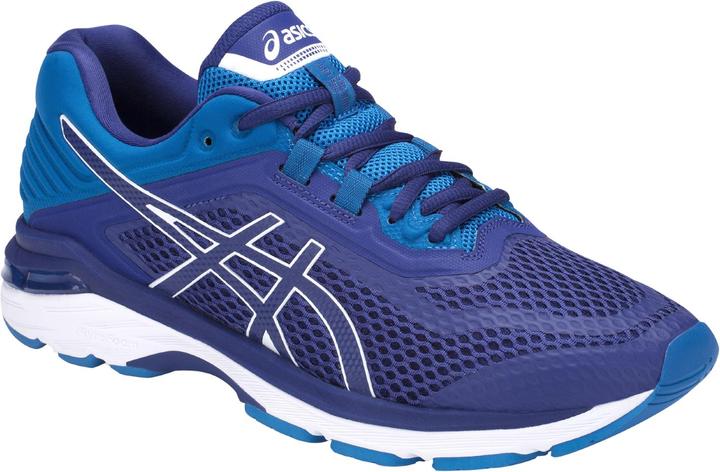
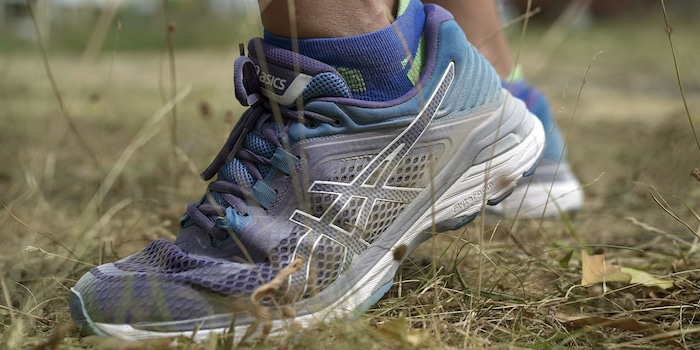
A classic tested - the GT-2000 from Asics
Asics has reissued some of its classics this year. Amongst others, the Japanese company has released the sixth edition of the GT-2000. Good news for me as an overpronator, of course. Support and cushioning? I'm in and testing this running shoe.
The Gel-Kayano celebrates its 25th birthday in 2018. The GT-2000 is already available in its 6th edition this year. The Japanese company has made some modernisations, which are intended to improve the comfort of this Asics classic, among other things. According to the manufacturer, the forefoot is more open, which prevents friction and makes the shoe more comfortable for all foot shapes. Asics also promises a better fit at the heel and more toe flexibility.

Almost too comfortable
In fact, the GT-2000 6 is very comfortable to wear. I almost don't feel like I have a running shoe on my feet. On the one hand, that's pleasant, but on the other hand, I'm very cosy in these "finches". But well, with a shoe with a 10.5 millimetre jump and a weight of 300 grams, I'm not aiming for personal best times. I want to improve my basic endurance. This shoe is well suited for that and for my feet, which bend inwards.

A distinction is made between a normal foot shape 1 (neutral), a hollow foot 2 (supination) and a flat foot 3 (pronation). You can determine your foot shape using a small test: If you walk across the floor with wet feet, your footprints will give you a good indication of your foot shape. You can also find more information on this topic in the following guide:
3 x 15 kilometres without discomfort
Before I go on holiday, I run around 15 kilometres twice at home with the GT-2000 6, mainly on asphalt and a few kilometres on gravel and forest paths. During my holidays, I also venture onto the beach during a run and jog a few kilometres on sand for the first time in my life. It's incredibly beautiful, but also brutally exhausting. Holy shit! Tarmac, gravel, forest and sand - the GT-2000 6 can take it all in its stride. That's the way it has to be.
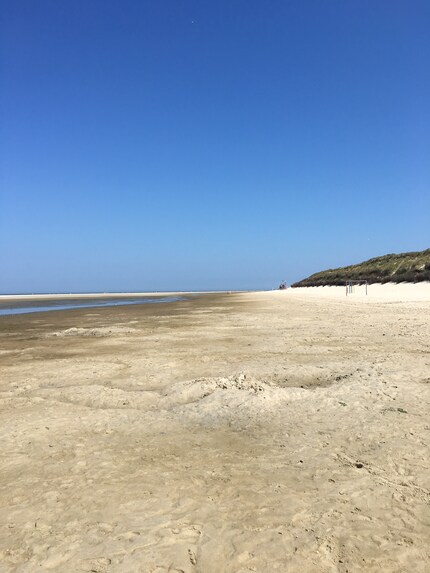

As I said, I want to improve my basic endurance and am taking it easy. With an average time of around 6:30 minutes per kilometre and an average heart rate of around 130 beats per minute, the runs are good training sessions for me in this respect. My sensitive Achilles tendons are also happy and don't cause any problems after these runs. That wasn't always the case.
The crux of the matter with cushioning
When I started running five years ago, I did pretty much everything wrong that you could do wrong. I ran too much, too often, too long, too fast and too everything. After a few weeks, I had tendonitis in both ankle joints. This was followed by a month-long ban on running and orthopaedic insoles.
In the meantime, I've got my feet under control, but I still have to take great care of them when running. So I usually wear a shoe with cushioning and support for longer distances.
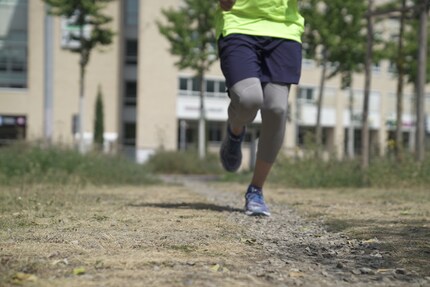
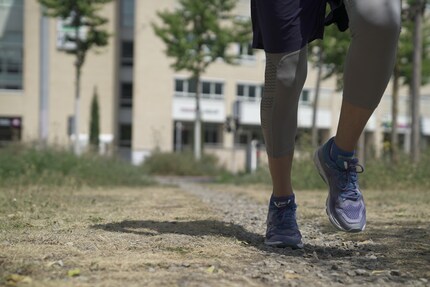
However, I have the feeling that my foot muscles have become lazy over time due to all the supporting and steaming. So I run shorter distances of between five and ten kilometres in a neutral or competition shoe from time to time. I also often run barefoot so that the muscles in my feet have more to work with. This works well and also helps to keep the discomfort to a minimum.
Conclusion
According to Asics, the GT-2000 6 is designed for any distance and any pace and is suitable for anyone looking for a stable, supportive running shoe. That applies to me. It's a good shoe that I can use from time to time on long jogs at low speeds. However, I will certainly not only be travelling with one of these shoes, as variety is better for my feet in the long run. If it needs to be shorter and faster, I'll also grab one of my competition shoes. And apart from that, always remember: this model is good for me, that doesn't automatically mean it's the right running shoe for you. As a beginner runner, you won't be able to avoid trial and error until you find the right model from the right brand for your feet.
The entire Asics range at Galaxus
Keep running on my author profile
From radio journalist to product tester and storyteller, jogger to gravel bike novice and fitness enthusiast with barbells and dumbbells. I'm excited to see where the journey'll take me next.
